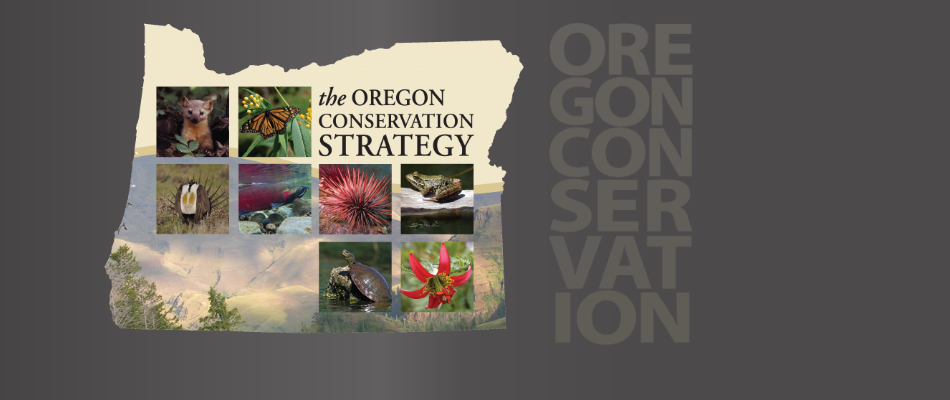Help us improve our conservation efforts by sharing your wildlife observations! The Oregon Department of Fish and Wildlife (ODFW) is responsible for protecting and enhancing Oregon’s wildlife populations and their habitats. ODFW developed the Oregon Conservation Strategy with the goals of maintaining healthy fish and wildlife populations by restoring functioning habitats and preventing or reversing declines of at-risk species.
It is not possible for ODFW to survey all wildlife species, we need your help to monitor their presence and distributions across the state. The Oregon Wildlife Conservation iNaturalist project was developed to collect wildlife observation data from community scientists like you on amphibians, birds, mammals and reptiles across Oregon. While we are interested in all wildlife observations, we are particularly interested in your observations of the 109 wildlife Strategy Species, or species of greatest conservation need, and Strategy Data Gap Species. Strategy Species are species that have small or declining populations, are at-risk, and/or are of management concern.
The information gathered by the Oregon Wildlife Conservation iNaturalist project will augment ongoing research efforts, conservation actions, and management plans for sensitive wildlife species by ODFW and our partners. Your help is crucial for the successful conservation of Oregon’s wildlife species!
The Oregon Wildlife Conservation iNaturalist project is managed by the Conservation Strategy Coordinator, Andrea Hanson, and the Strategy Species Coordinator, Emily VanWyk. If you’re new to iNaturalist, you can find instructions on how to sign up and join the Oregon Wildlife Conservation project here. If you already have a iNaturalist account and need help on how to import your existing observations into our project, find detailed instructions here.
less ↑






